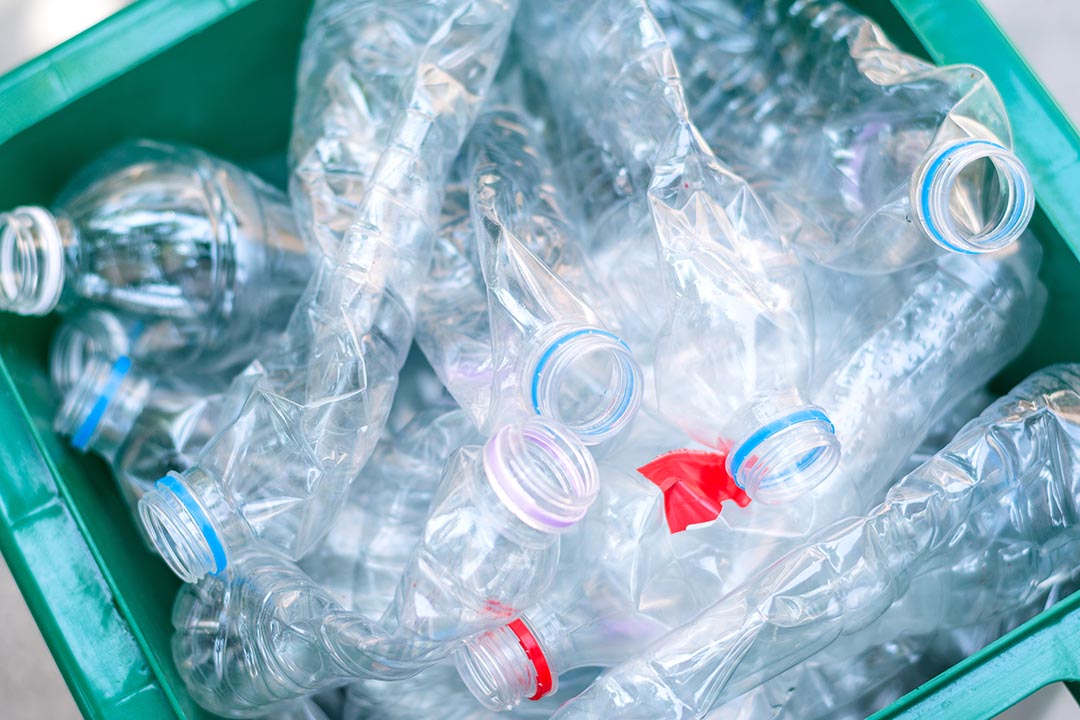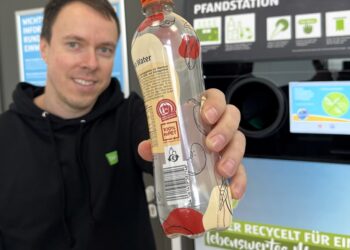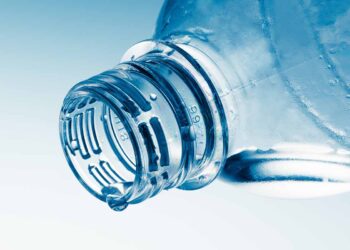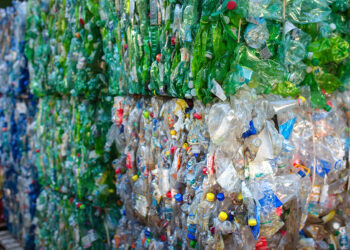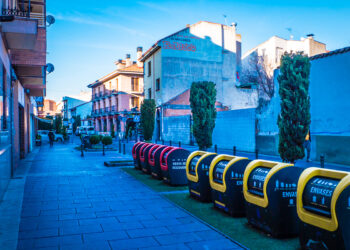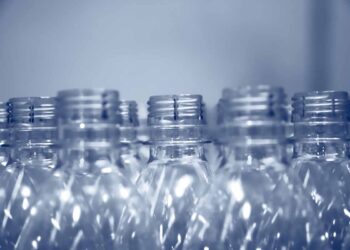A European panel approved the use of two technologies to recycle post-consumer PET into food and drink packaging, but it rejected a third application, citing inadequate decontamination testing.
The decisions were made by the Panel on Food Contact Materials, Enzymes and Processing Aids (CEP), which is part of the European Food Safety Authority (EFSA).
In the European Union, recycled plastics and additives can only be used in food and beverage packaging if they’re first reviewed by EFSA for safety. Recycling companies submit applications to individual countries, which apply to the EFSA on their behalf.
The following is a roundup of recent opinions from CEP.
Erema-based process
On Feb. 5, 2019, the CEP approved the use of a PET decontamination technology to recycle post-consumer PET into 100 percent recycled content food packaging. The panel considered the application to approve the Jász‐Plasztik process, which is based on Vacurema Prime technology from Austrian recycling equipment company Erema.
Flakes that have been hot caustic washed and dried are the input in the process. They are heated in a batch reactor under vacuum and then heated in a continuous reactor under vacuum before being extruded into pellets.
The application was submitted by the Hungarian National Food Chain Safety Office on behalf of Hungarian plastics processor Jász‐Plasztik.
RecyPET Hungaria application rejected
On Oct. 23, 2018, the panel rejected an application by reclaimer RecyPET Hungaria to recycle post-consumer PET into soda and water bottles.
“The Panel considered the challenge test provided by the applicant as unreliable and not suitable for determining the cleaning efficiency of the process,” according to the decision. “Moreover, the data provided did not allow the identification of the critical parameters for the relevant steps of the process. Without this information, a proper safety evaluation could not be performed.”
In its application, RecyPET Hungaria described its process as taking washed and dried flakes, extruding the plastic and pelletizing it in an underwater pelletizer. Then, then pellets are recrystallized. At that point, the crystallized pellets may be fed into a solid‐state polycondensation (SSP) reactor, depending on the intrinsic viscosity that’s needed.
The application was submitted by the Hungarian National Food Chain Safety Office on behalf of RecyPET Hungaria.
Starlinger Decon-based technology
The CEP on July 5, 2018 approved an application to use Starlinger’s decontamination technology to recycle post-consumer PET into food and drink packaging.
The input is flakes that have been hot caustic washed and dried. The flakes are pre-heated in one or several batch reactors with a flow of hot gas, and then they’re sent to a solid-state polycondensation (SSP) continuous reactor, where they’re exposed to high temperatures and a combination of vacuum and gas flow.
CEP authorized using the process to create 100 percent RPET packaging.
The application was submitted by the German Federal Office of Consumer Protection and Food Safety on behalf of Slovakian company General Plastic.
Plastics Recycling Update published a previous roundup of food-contact processing decisions in June 2018.
To receive the latest news and analysis about plastics recycling technologies, sign up now for our free monthly Plastics Recycling Update: Technology Edition e-newsletter.







